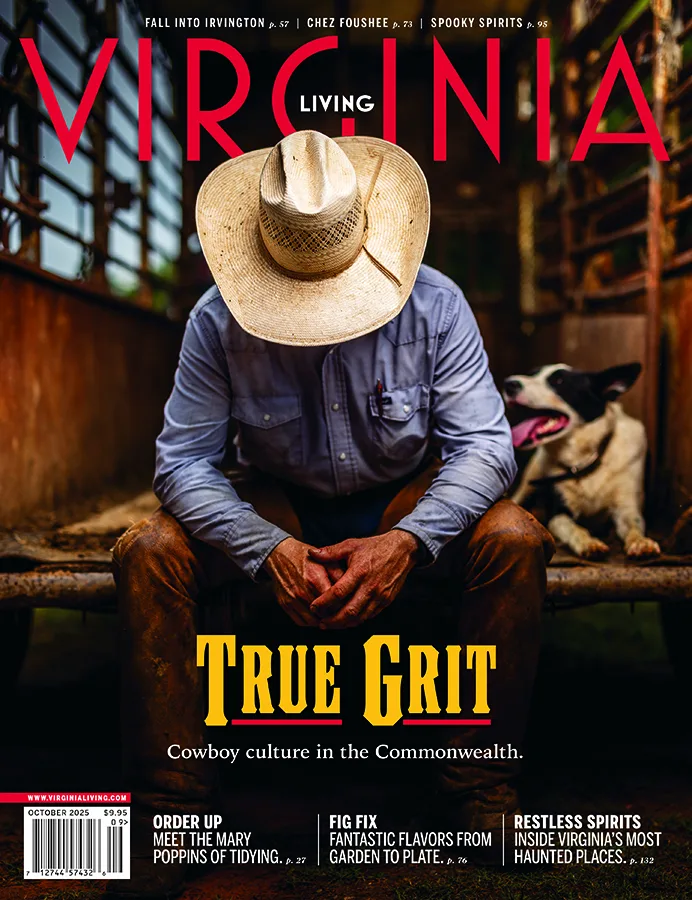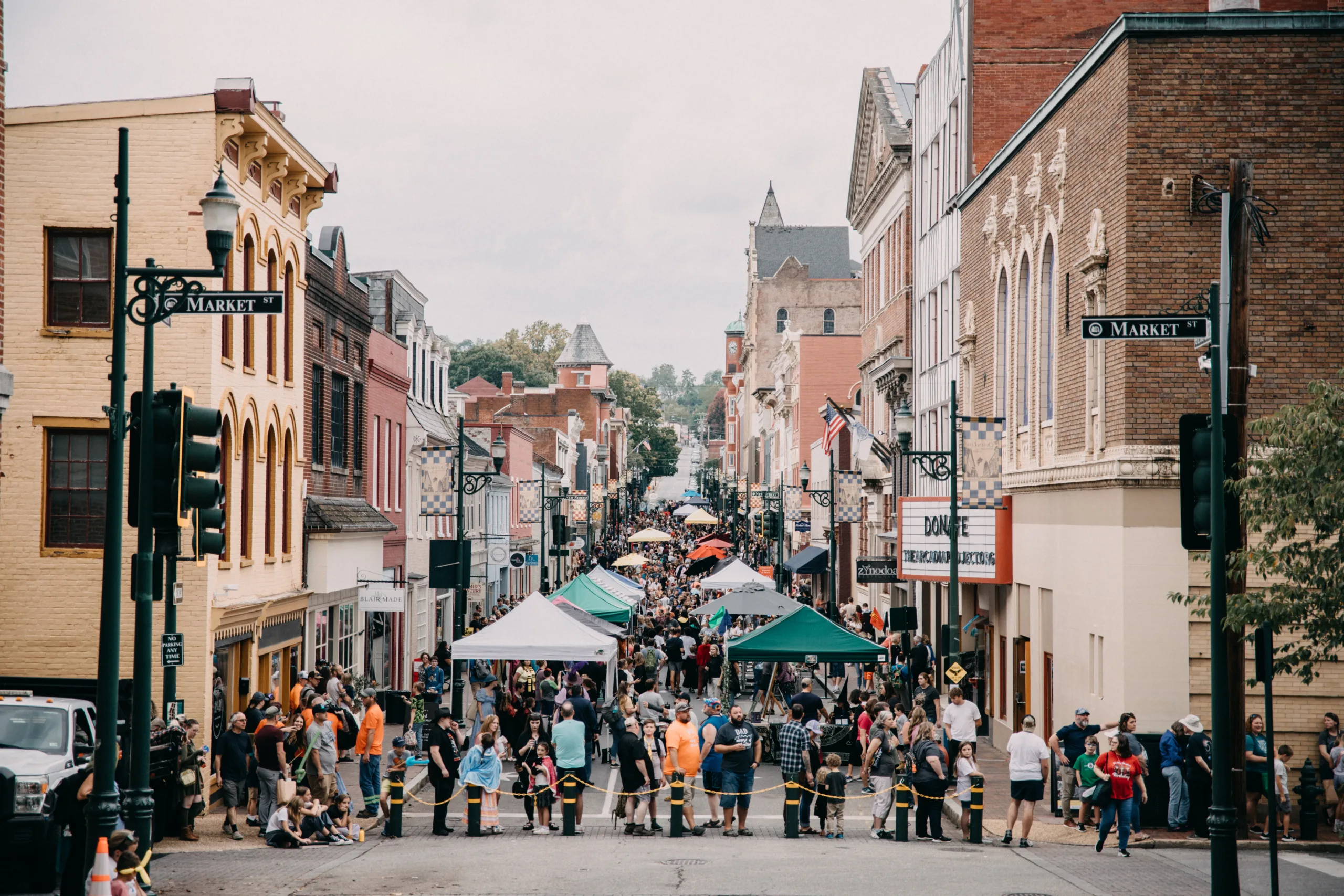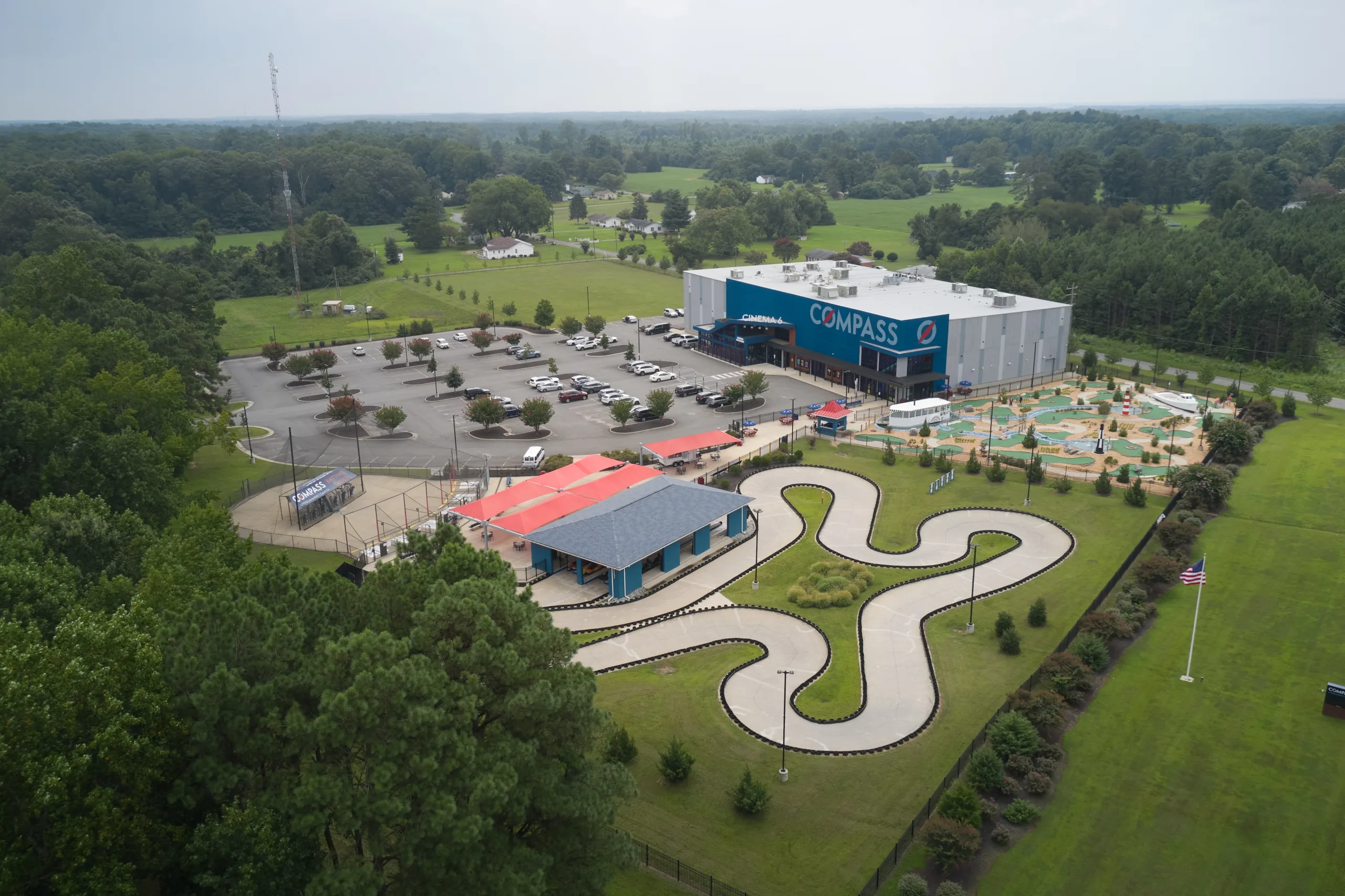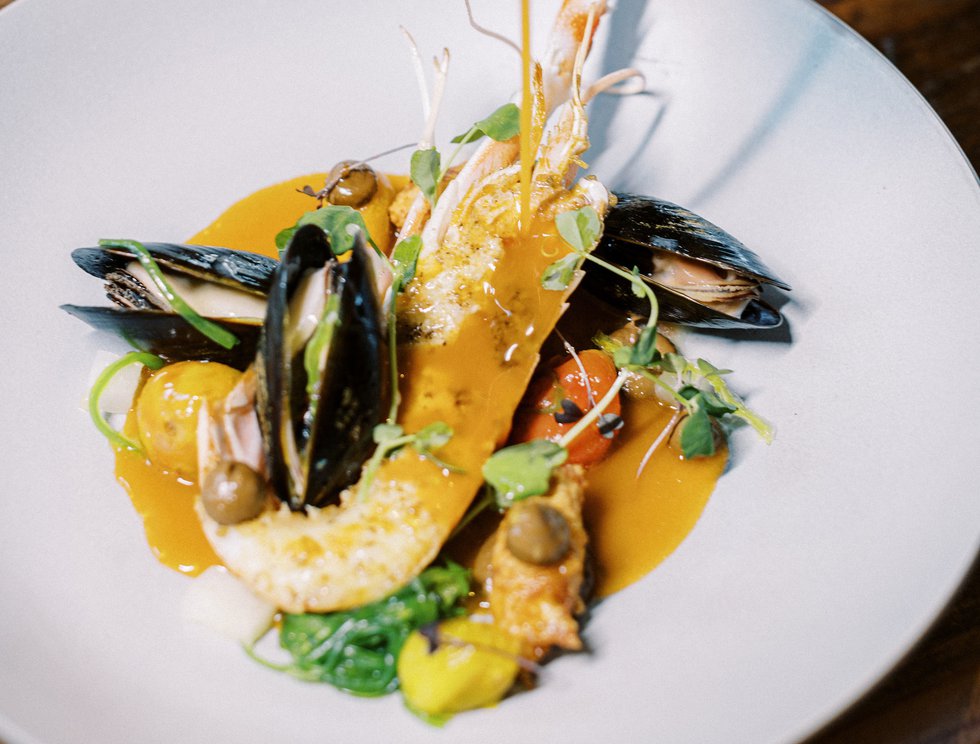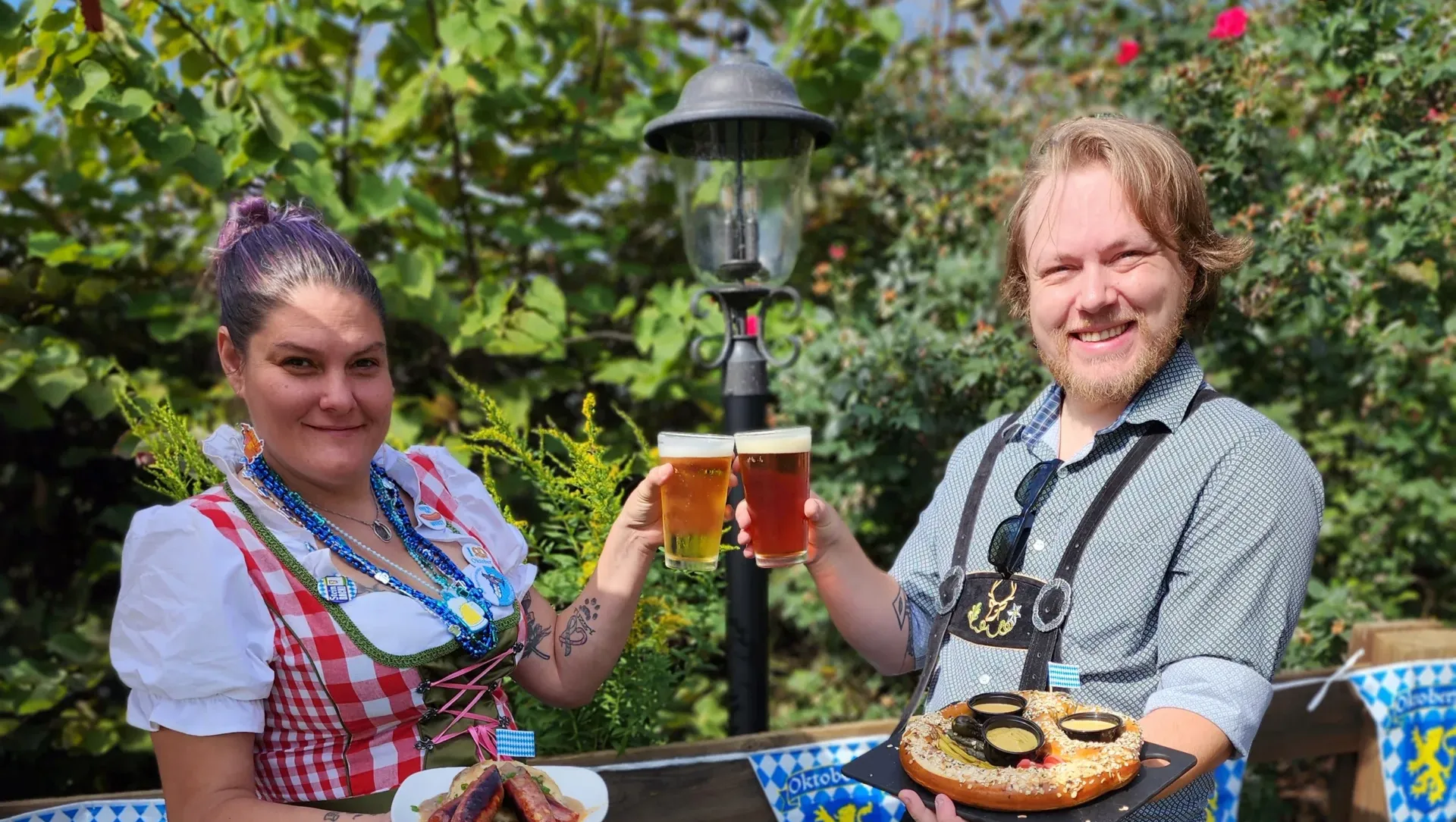Salty-sweet oysters a stone’s throw away.

Photos courtesy of White Stone Oysters
Tom Perry grew up a city boy in the District of Columbia and got the oyster bug during college on Maryland’s Eastern Shore. But, when it came time to start his own business, it was a lady who lured him to bet on Virginia waters.
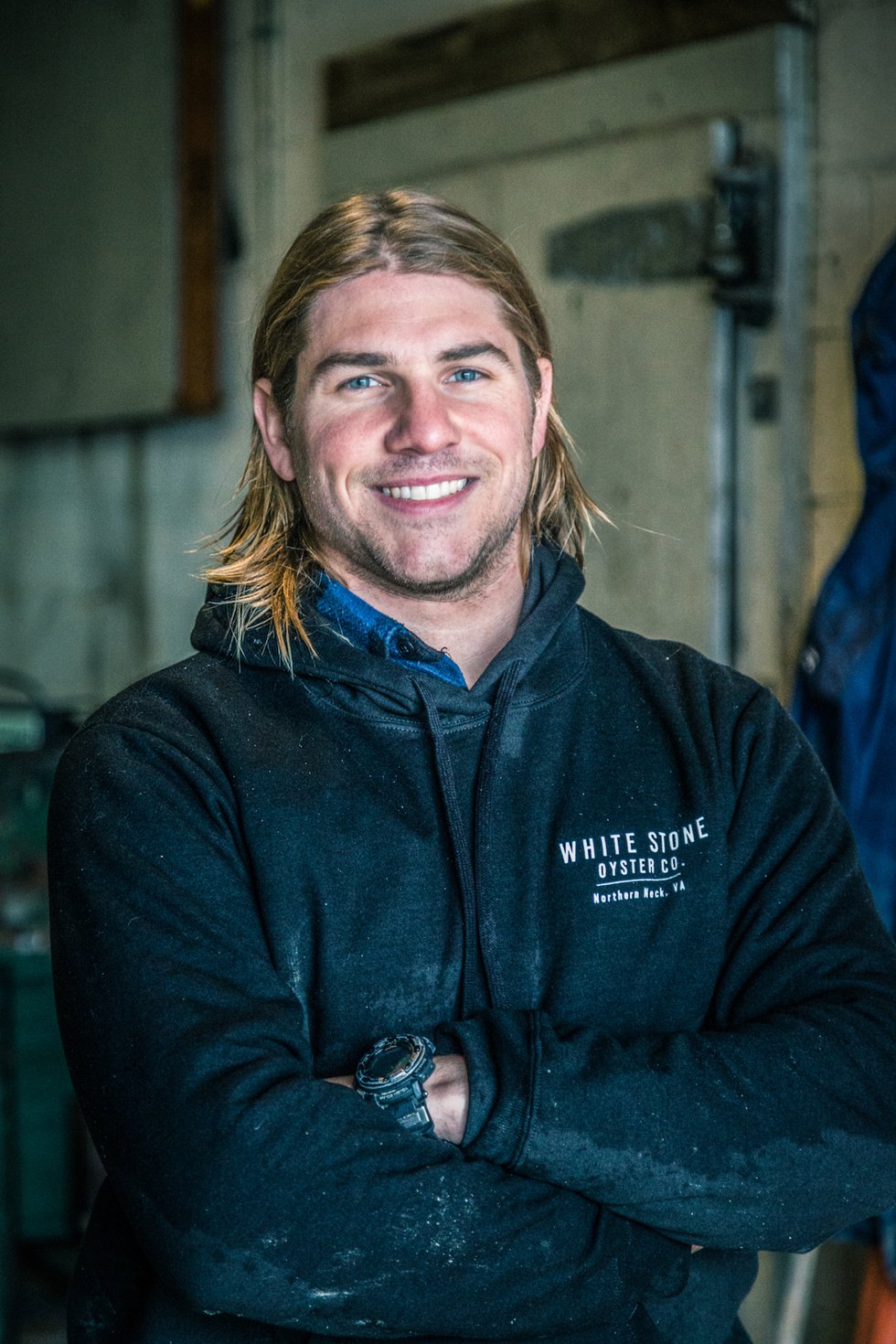
Tom Perry
“Laura was a huge factor in getting me to start an oyster farm here,” Perry, 31, says of his now-wife, with whom he’s raising two children under two in Richmond. “Luckily, this area had all the characteristics I was looking for in a farm.”
No one else was raising Crassostrea virginica in floating cages right on the tumultuous Chesapeake Bay waters off the Northern Neck’s Windmill Point, and that was the point. The continuous briny waves make for a deep, polished shell full of salty-sweet meat reminiscent of West Coast varieties. We talked to Perry about how White Stone Oyster Co. garnered national acclaim—and about what’s next.
What makes your oysters unique?
I wanted to work backwards. What kind of product do I want? When I came to Virginia and asked them to permit floating cages on the Chesapeake Bay proper, they didn’t even have a permit process for it. But we knew we could develop a superior product if we could put an oyster in that environment. The big wave action develops a pretty shell, and phytoplankton and nutrients are more plentiful in the surface waters. It doesn’t make the process easy. It makes it harder. We have to fight the elements—sometimes 20- or 30-mile-per-hour winds—just to get oysters.
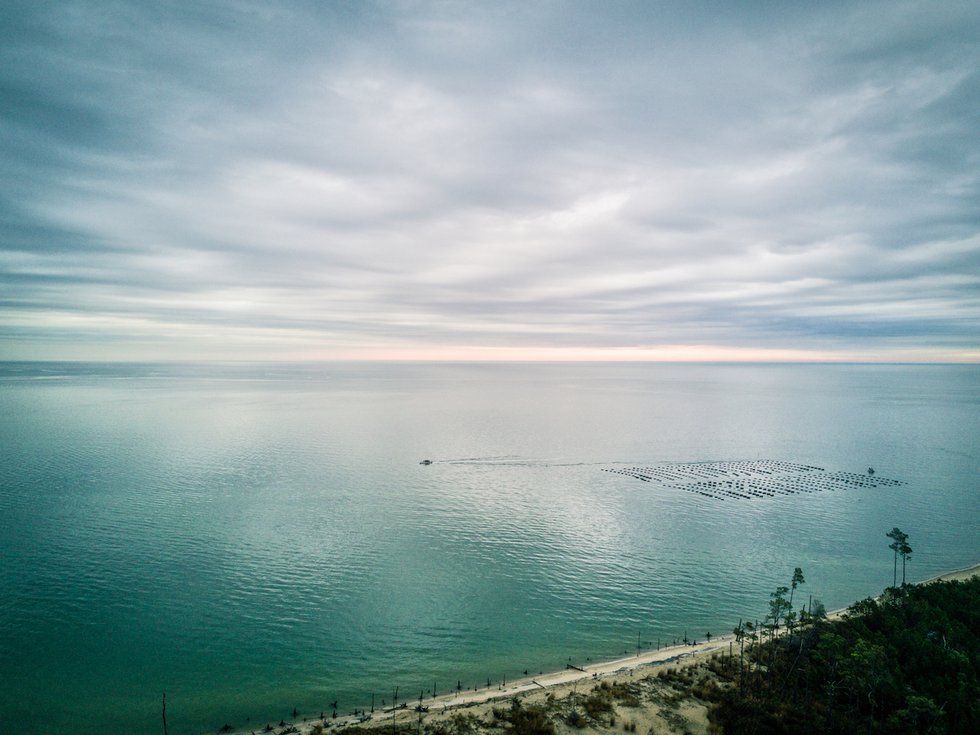
Northern Neck’s Windmill Point
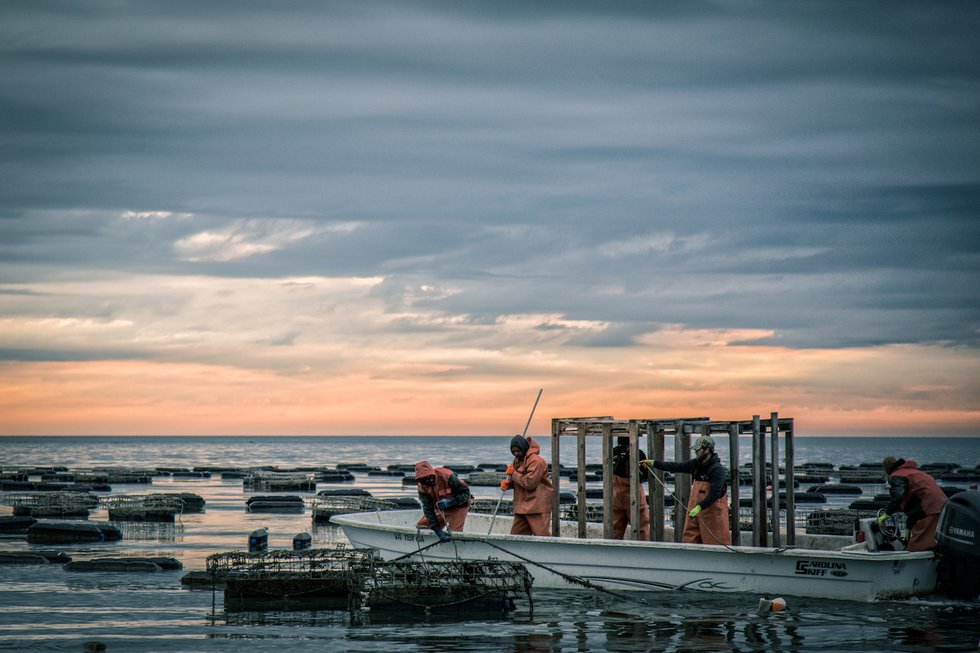
How would you describe the flavor to someone who doesn’t prefer Chesapeake oysters?
There is a clear difference in flavor profile. It’s not just that there’s more salinity. You often see people describe it on a menu as a cucumber-melon flavor. They’re perfect for summer.
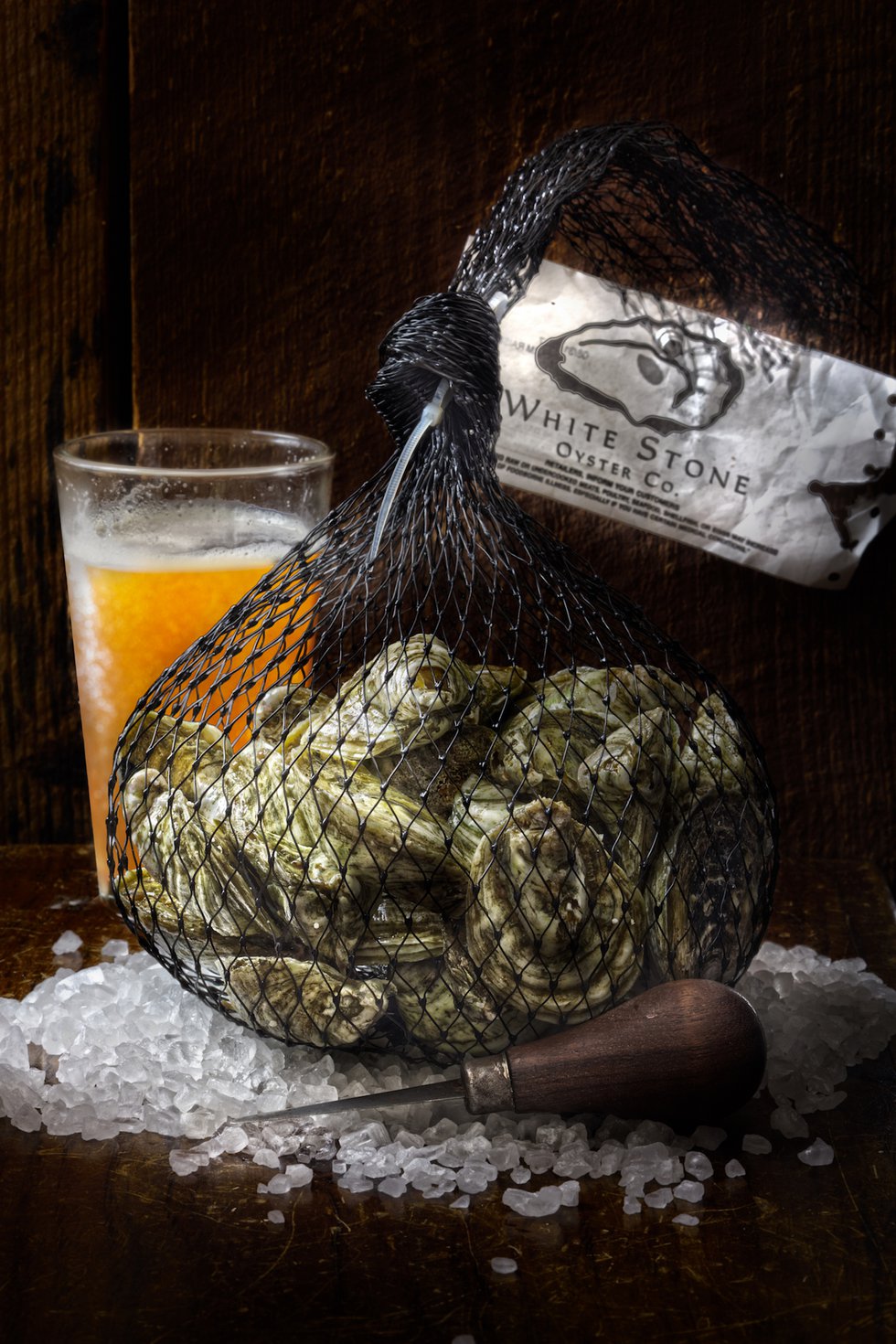
What’s your goal?
I want to produce an oyster in Virginia that can compete with an oyster from Maine or Washington state. For a long time, people have thought of Virginia oysters as a commodity. We’re trying to change that. I want people to taste the difference, like you’d taste a difference between Kobe beef and a steak you would get at Outback Steakhouse. In the beginning, it was knocking on chefs’ back doors. Most chefs are crazy busy, but they’re open to trying an oyster any day.
Are you proving that open-water oysters work here? What’s next?
We are proving that larger bodies of water can be farmed. It opens up a lot more possibilities.
We’re permitting another farm near Wachapreague, on the ocean side of Virginia’s Eastern Shore, and our oyster there is called the Sea Hog. It’s a totally different world. The farm is in the barrier islands—so it’s actually more protected there than in the Chesapeake Bay—but a three-minute drive on the boat and you’re on the Atlantic. Talk about feeling small.
Order White Stone oysters online at WhiteStoneOysters.com, or try them at Adrift restaurant in White Stone, AdriftVa.com.
This article originally appeared in our Smoke + Salt 2019 issue.
